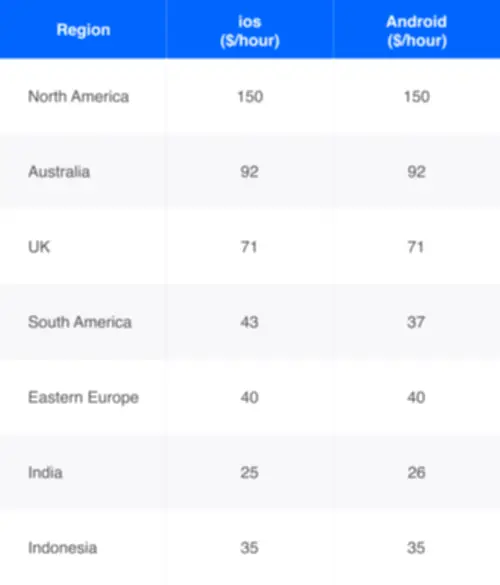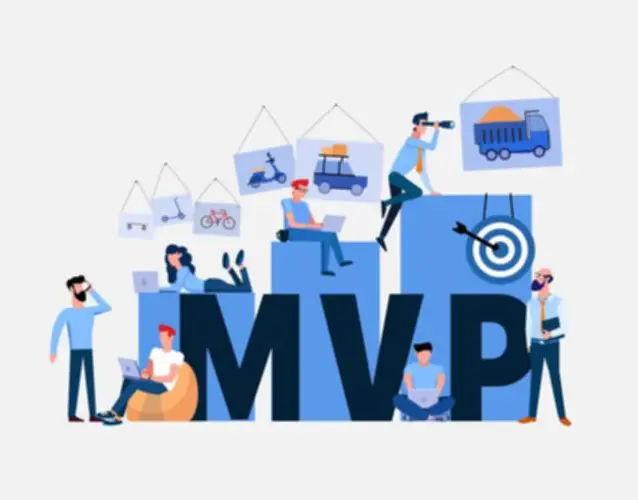Each subsequent layer depends on the layers beneath it, after which every layer normally will depend upon some common infrastructure and utility companies. The big downside to this top-down layered structure is the coupling that it creates. Every layer is coupled to the layers under it, and every layer is often how to hire a software developer coupled to varied infrastructure considerations.
This layering can help within the separation of concerns, subdividing the answer into smaller items so that every unit is answerable for a specific task and also takes advantage of abstraction. For mid to larger scaled initiatives the place a number of teams work, layering has very obvious advantages up its sleeves. It lets a specific team or particular person work on a specific layer with out disturbing the integrity of the others. It makes it much easier to trace modifications utilizing supply control. In this article, We will speak about Onion Structure In ASP.NET Core and its advantages.
When carried out thoughtfully, this architectural pattern supports scalable customized app improvement throughout various platforms and business domains. Whether in monolithic structure or distributed systems, the ideas stay useful. Cross-platform architecture becomes more manageable with Onion Structure.
The Applying Layer #
Not to say that the time required to introduce thechange was smaller, and the estimates had been more exact and predictable. Enjoyable Reality – Microsoft themselves advocate this sort of structure for complicated options. Few of the options developed and maintained by Microsoft MVPs like eShopOnWeb and eShopOnContainers also observe an analogous (slightly extra complicated variant of this approach).
Messaging And Occasion Infrastructure

Onion Architecture is more interesting for C# programmers than Java programmers. However onion design pattern, it’s as much as the architect community to assume about and argue within the discussion on whether or not or to not apply the structure.
This separation permits your UI to evolve independently from the domain model. Third-party adapters shield your utility from external changes and supply a spot to handle service-specific requirements. These concerns must be carried out persistently throughout companies. Techniques like aspect-oriented programming, decorators, or middleware help achieve this without cluttering service code. Mapping between domain objects and DTOs requires cautious consideration.

In addition to selling maintainability and testability, onion structure also supports loose coupling and separation of issues. This means that each layer of the appliance is unbiased of the other, making it easier to change and lengthen the system with out affecting different elements. This makes it simpler to reuse parts across completely different applications, lowering growth time and costs. Onion Architecture works nicely with microservices by providing clear boundaries and separation of concerns. Every microservice can implement its personal onion, with the domain model reflecting its specific bounded context.
He does that as a result of he desires to stress that the domain model should have no dependency or in different words it shouldn’t have any reference to a different layer. Some companies which have efficiently used Onion Architecture include Microsoft, Uber, and BBC iPlayer. They have used Onion Architecture to build scalable and maintainable software program techniques that may evolve and adapt to changing business necessities.
- In the Service layer, we’re going to rely solely on the interfaces which are outlined by the layer below, which is the Area layer.
- For the later we use the library iban4j.orgto validate and create iban and bic objects.
- That would be insane from the maintainability perspective.
- Navigate to ../Startup.cs and add these lines to the ConfigureServices technique.
However, I have beforehand written a detailed article on CQRS implementation in ASP.NET Core 3.1 API. You might go through that article which covers the identical state of affairs. Maybe an Entity Framework Core Layer for Accessing the DB, a Layer particularly made to generate JWT Tokens for Authentication or perhaps a Hangfire Layer. You will understand extra when we start Implementing Onion Architecture in ASP.NET Core WebApi Project. The project uses JPA for persistence (only within the infrastructure layer),within the implementation variant Hibernate. The project comes with gradle build recordsdata, together with the project module structure and dependencies as nicely asthe external dependencies.
This approach works equally well for REST APIs, GraphQL resolvers, or gRPC services. However, we don’t have to copy precisely the layers outlined in the onion structure diagram. We have to create simply the right variety of layers we need in our software and not one more. If we find yourself with two layers which are very comparable, we’ve a clue we’re losing time and creating future headaches. If you’re utilizing a mainstream programming language, you get Inversion of Management and Dependency Injection for free with frameworks like Spring Boot or ASP.NET Core. These tools scan the appliance at startup and wire all dependencies for managed beans or providers.
This layer creates an abstraction between the area entities and enterprise logic of an utility. In this layer, we usually add interfaces that provide object saving and retrieving conduct usually by involving a database. This layer consists of the info entry pattern, which is a extra loosely coupled method to data access. Overall, onion structure supplies a quantity of benefits that make it a super alternative for building scalable and maintainable software techniques. This separation of issues enables builders to create modular, testable, and maintainable purposes which are straightforward to increase and evolve over time. This layer is used to communicate https://www.globalcloudteam.com/ with the presentation and repository layer.
In the WebApi Project, Properties drill down, you’ll find a launchsettings.json file. This file holds all the configurations required for the app launch. Thus, the swagger will open up by default every time you run the appliance. Next, let’s go to the Infrastructure Folder and add a layer for Database, (EFCore).
